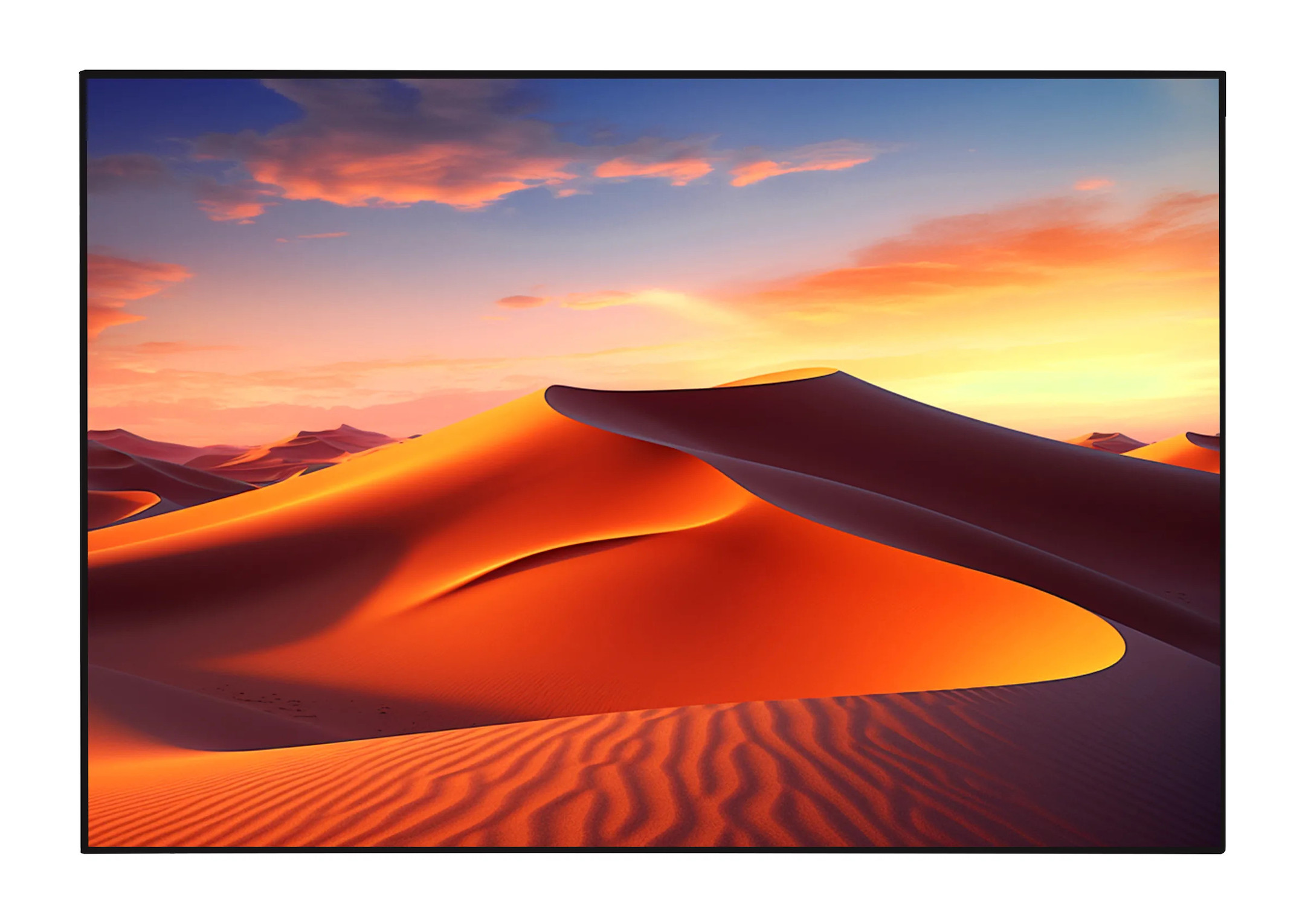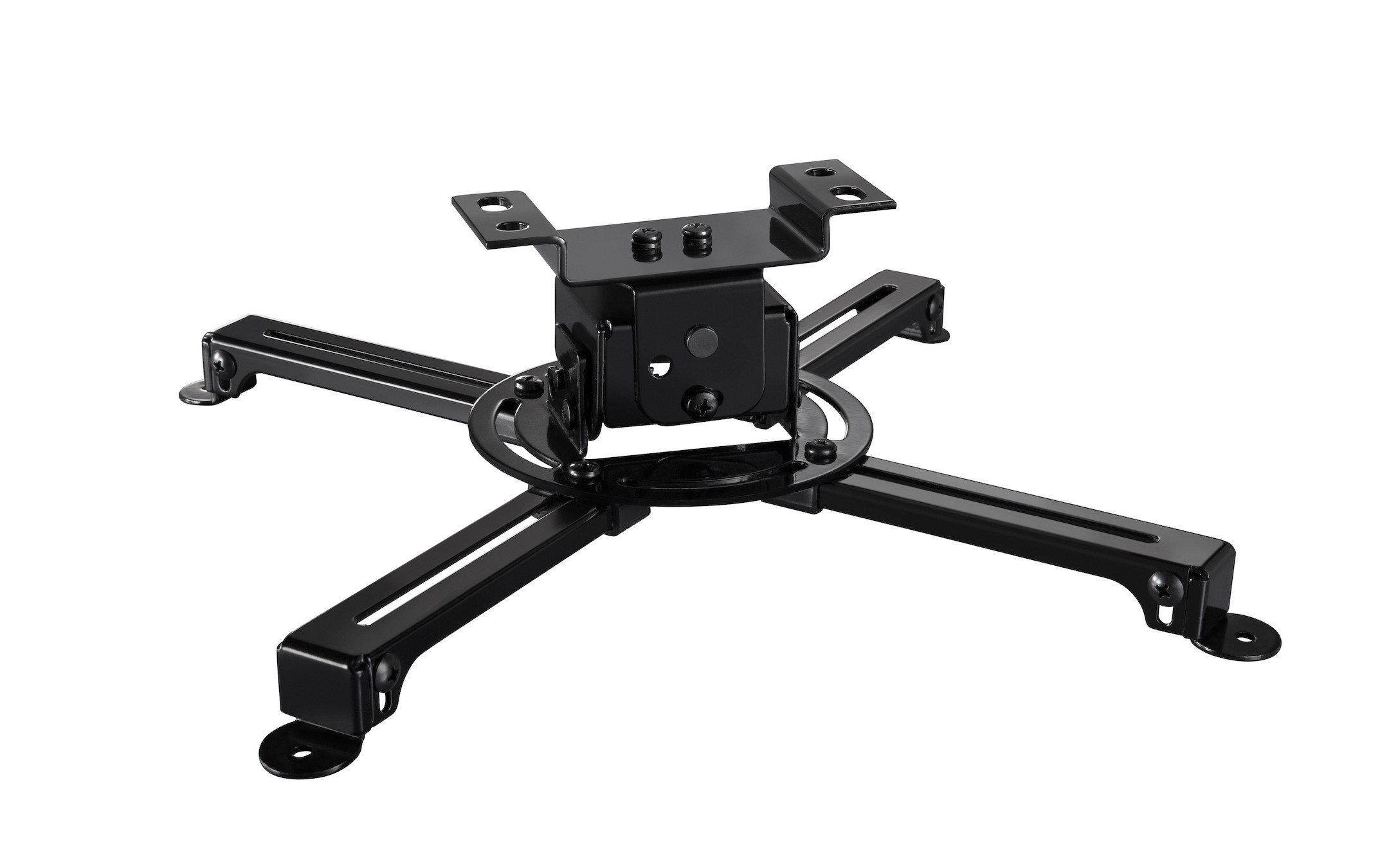























£1,525.10*
Prices incl. VAT.
3-5 working days In stock. Ready for immediate dispatch. Delivery Time 3-5 working days
Shipping from £8.99 Product number: 1000030688
- Light Brightness 3,000 Lumen
- Resolution 3840 x 2160 4K UHD
- Aspect Ratio 16:9
- Operating noise 29 dB


visunext Services
Frequently purchased together
Product information

Prepare yourself for an unrivalled home cinema experience. The elegant UHZ55 projector transforms your living room into a real cinema world with its 4K UHD laser projection. Enjoy incredibly sharp images and exceptional vibrancy for films, TV shows, games and sports. With advanced gaming features and fast response times, this projector is perfect for anyone looking for a competitive edge.
The technical highlights at a glance:
- Resolution: True 4K UHD resolution for sharper and more vivid images
- Response time: 16.7 ms in 4K at 60 Hz; 4 ms in 1080p at 240 Hz
- Technology: HDR and HLG compatible for superior picture quality
- Ports: 3 HDMI 2.0 inputs and integrated media player
- Features: Supports voice control and streaming apps
Large screen entertainment and brightness
The UHZ55 allows you to create images of up to 300 inches - perfect for an immersive home cinema experience. Thanks to its high brightness and vivid colour display, this projector is ideal for well-lit environments, enhancing the viewing of TV shows, sports and movies or playing games with family and friends at any time of day.
Unrivalled picture quality
With CTA-tested True 4K UHD resolution, the UHZ55 projects 8.3 million pixels - that's four times more detail than Full HD. This enables even closer proximity to the screen and an immersive viewing experience. The HDR and HLG compatibility also ensures an improved display of details and textures, making images look even more realistic.

Intuitive operation and seamless integration
The UHZ55 supports seamless voice control and offers a variety of connectivity options through three HDMI 2.0 inputs. Combine your projector with HDMI dongles such as Google Chromecast™, Amazon Fire TV, or Apple TV™ to turn it into a smart projector. The built-in media player also allows you to play content directly from a USB stick.
Advanced technologies for an enhanced experience
Experience clear, undistorted picture reproduction even during fast action sequences thanks to PureMotion technology. For audiophiles, the WiSA-certified projector offers first-class, wireless audio quality. Geometric correction and wall colour adjustment allow for flexible installation and precise
colour reproduction on different surfaces. This makes the UHZ55 an excellent choice for any home cinema setup.
Technical data
| Name | Optoma UHZ55 Projector, 3840 x 2160 4K UHD, 3000 Lumen |
|---|---|
| Article number | 1000030688 |
| GTIN/EAN | 5055387668416 |
| Manufacturer SKU | E9PV7JL01EZ4 |
| Lens included | Yes |
| Model name | UHZ55 |
| Projection Distance | Long Throw |
| Brand | Optoma |
| Product Type | Projector |
| Product Series | Optoma U Series |
| Application | Home cinema projector |
| Projector Type | DLP |
| Projector lamp type | Laser |
| ANSI Lumen | 3,000 ANSI Lumen |
| Resolution | 3840 x 2160 4K UHD |
| Aspect Ratio | 16:9 |
| Contrast Ratio | 2,500,000 :1 |
| Operating noise | 29 dB |
| Operating noise - ECO | 27 dB |
| Lamp life | 30,000 Hour |
| Minimum Projection Distance | 120 cm |
| Maximum Projection Distance | 810 cm |
| Minimum Projection Ratio | 1.21 |
| Maximum Projection Ratio | 1.59 |
| Horizontal Keystone | 30% |
| Vertical Keystone | 30% |
| Inputs | 1x Ethernet , 1x HDMI , 1x RS232 , 2x HDMI , 3x USB-A |
| Outputs | 1x 3,5mm Jack |
| wireless technology | WiFi |
| Features | 3D , Geometric adjustment , HLG , Integrated speaker , Lens Shift , isf_isfcc |
| Product width | 33.7 cm |
| Product height | 11.93 cm |
| Product depth | 26.5 cm |
| Weight | 4.8 kg |
| Colour | Black |
| Delivery contents | Power cable , Remote control |
| Condition | New |
| Warranty | 24 Month |
| Warranty type | Bringin service Service and support information |
Projection distance calculator
Need help finding the right beamer?
Contact our experts for help!
Contact our experts for help!
Distance:
- cm
Image size:
Wide
Height
Diagonal
min
cm
cm
″
max
cm
cm
″
Screen diagonal (″)
Width in cm
Height in cm
Format
Format
Distance
Format
Format
Product safety
| Person responsible for the EU |
|---|
| Optoma Deutschland GmbH |
| Am Nordpark 3 |
| 41069 Mönchengladbach |
| Germany |
| info@optoma.de |
Product information


























